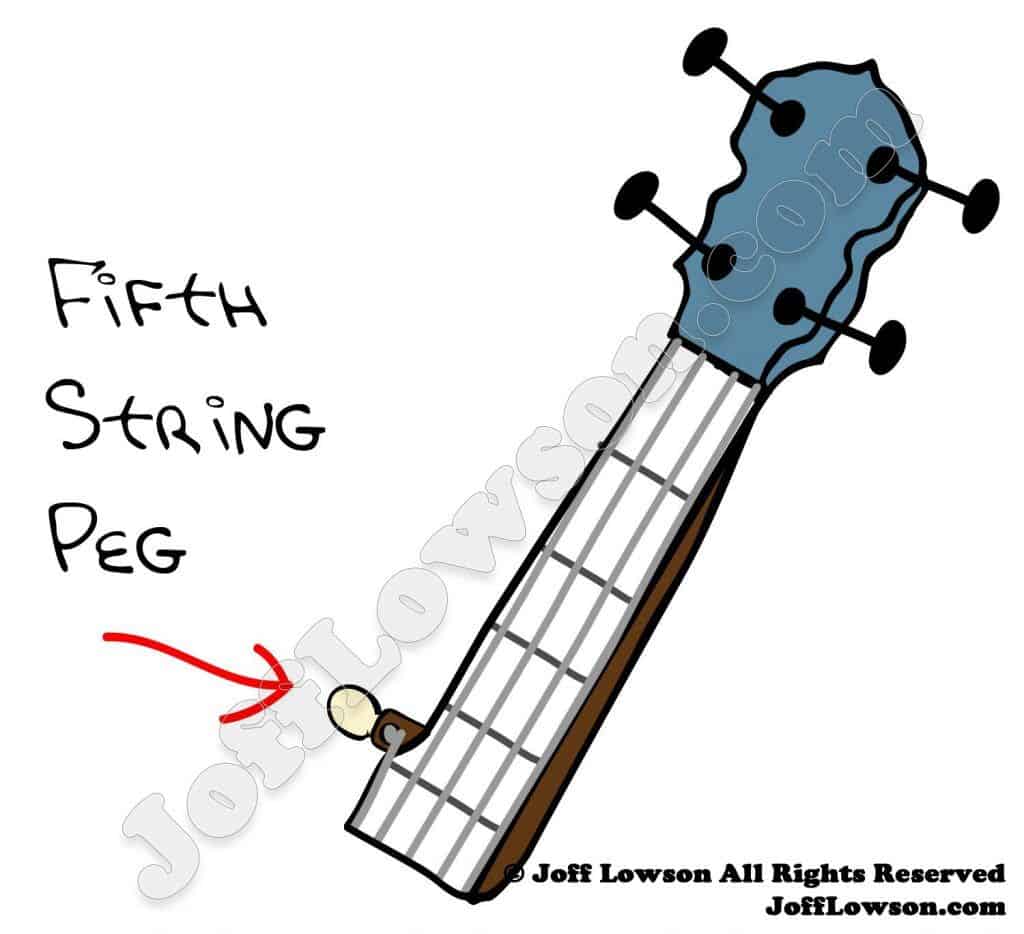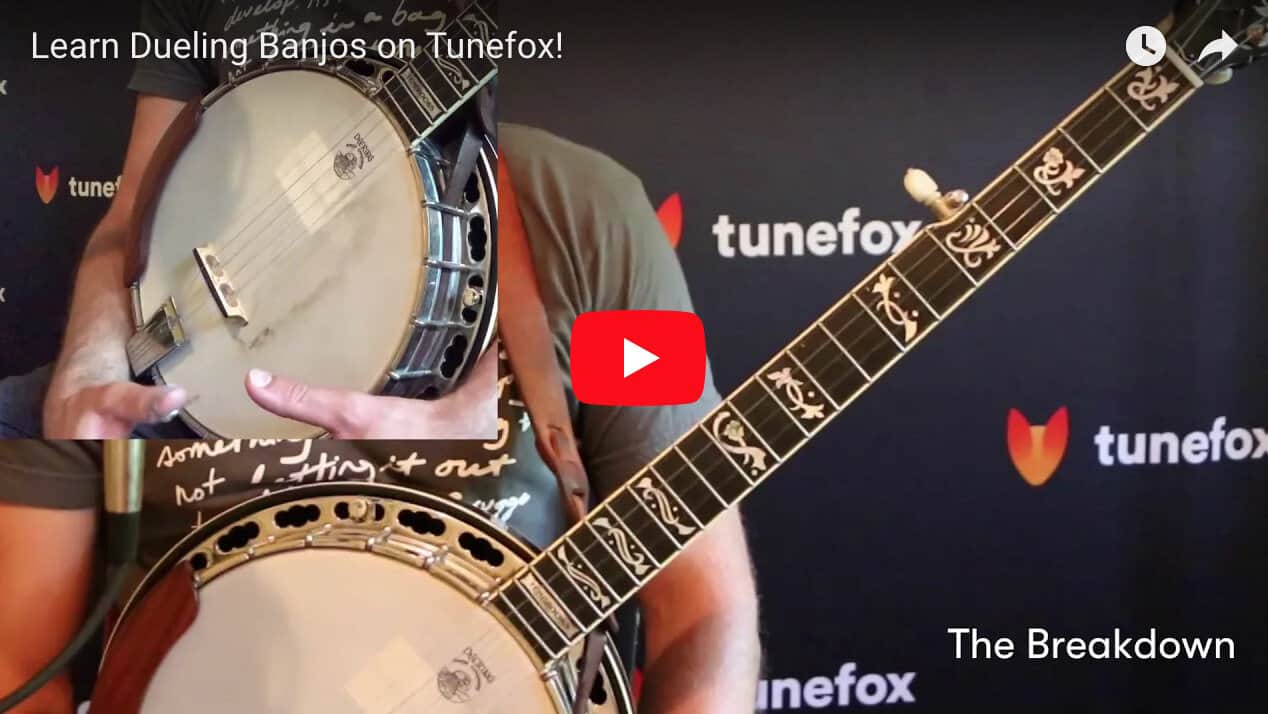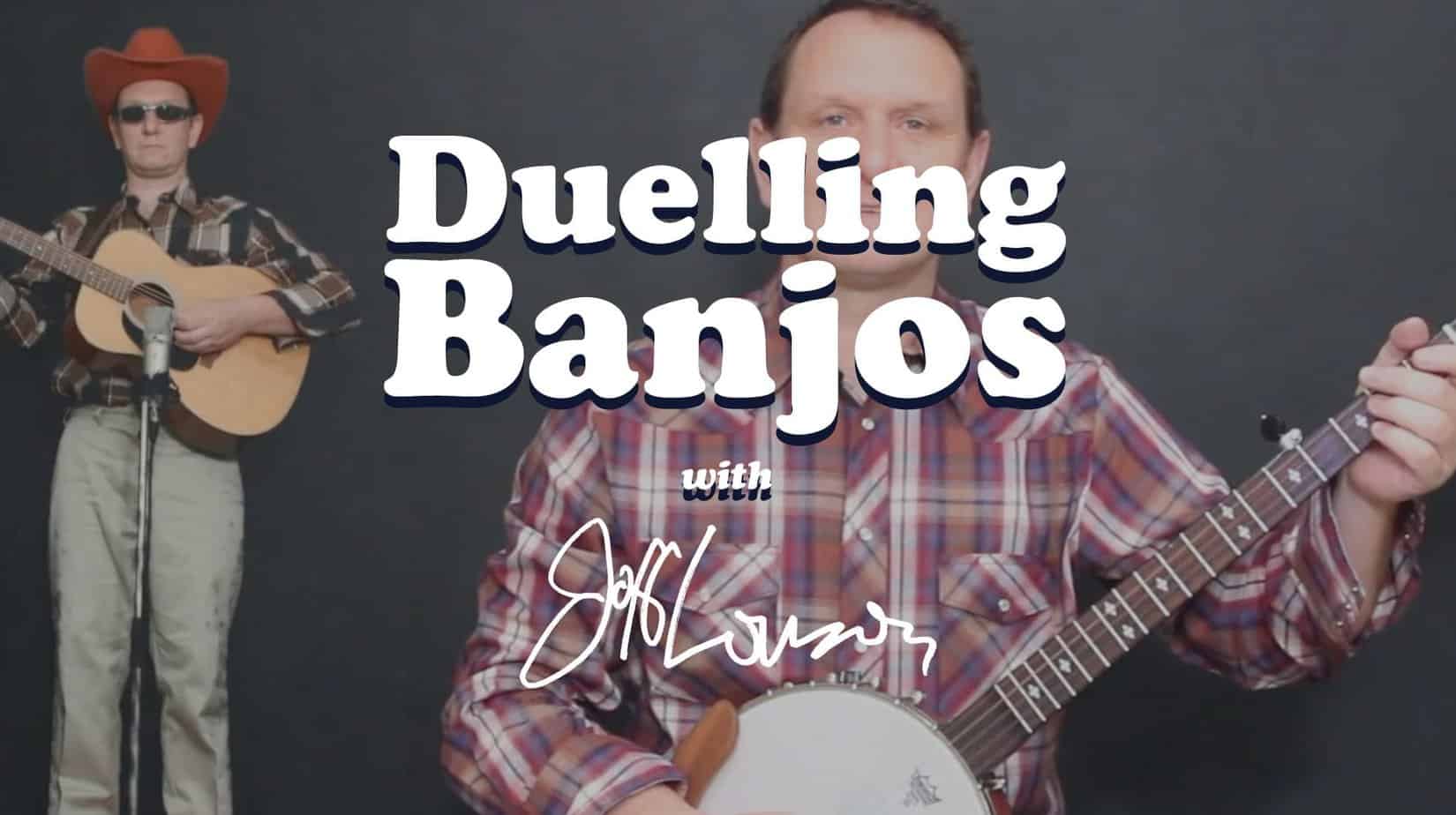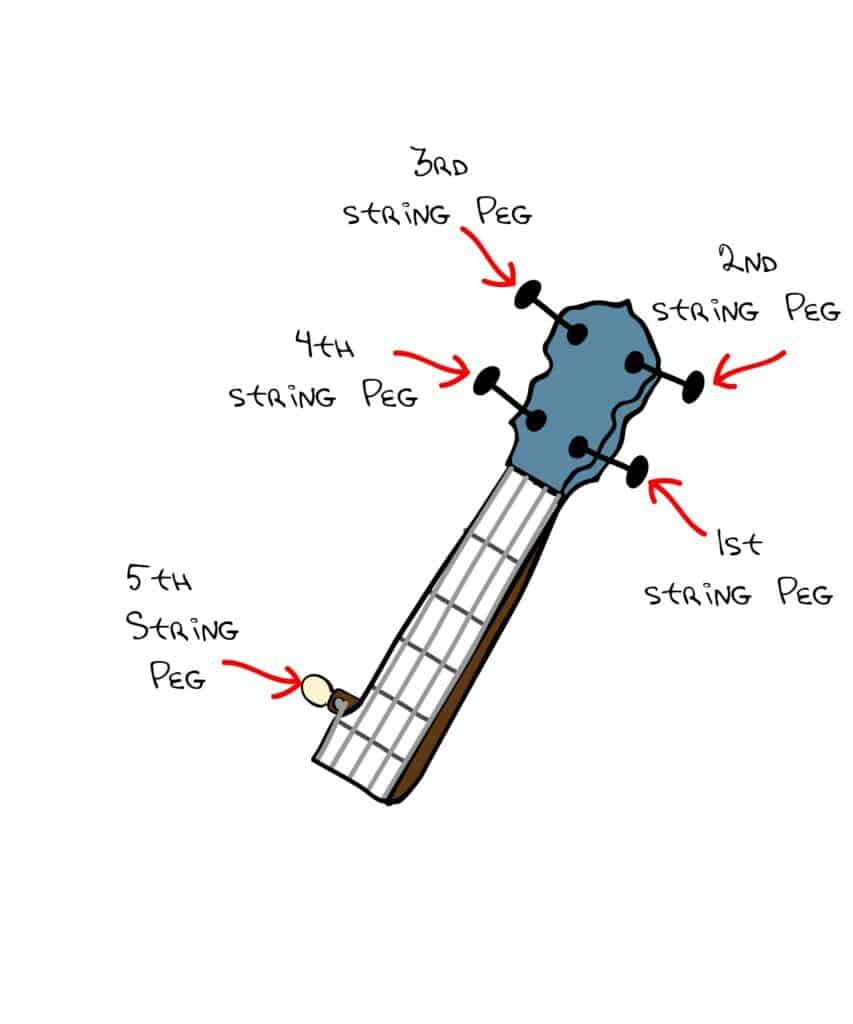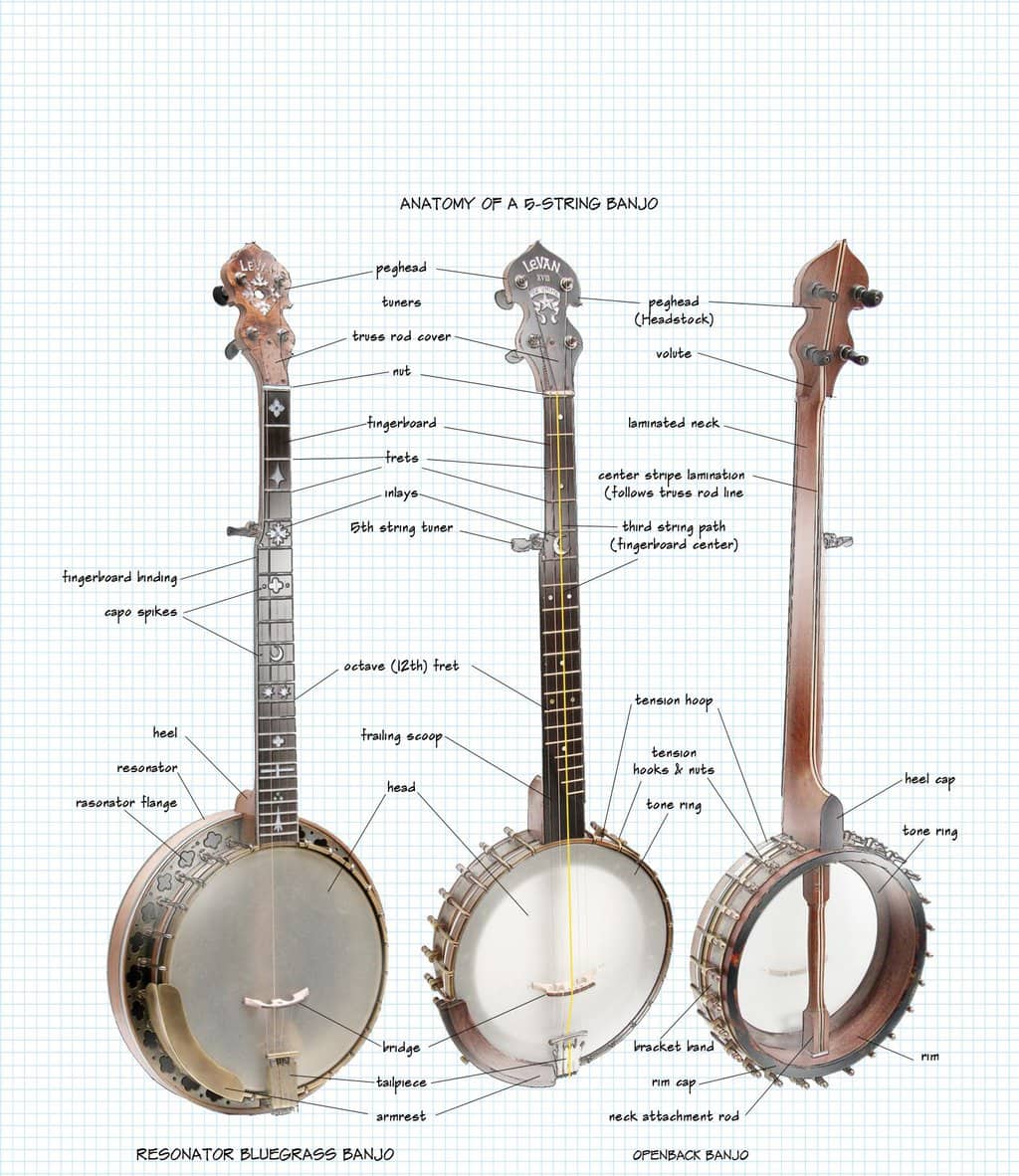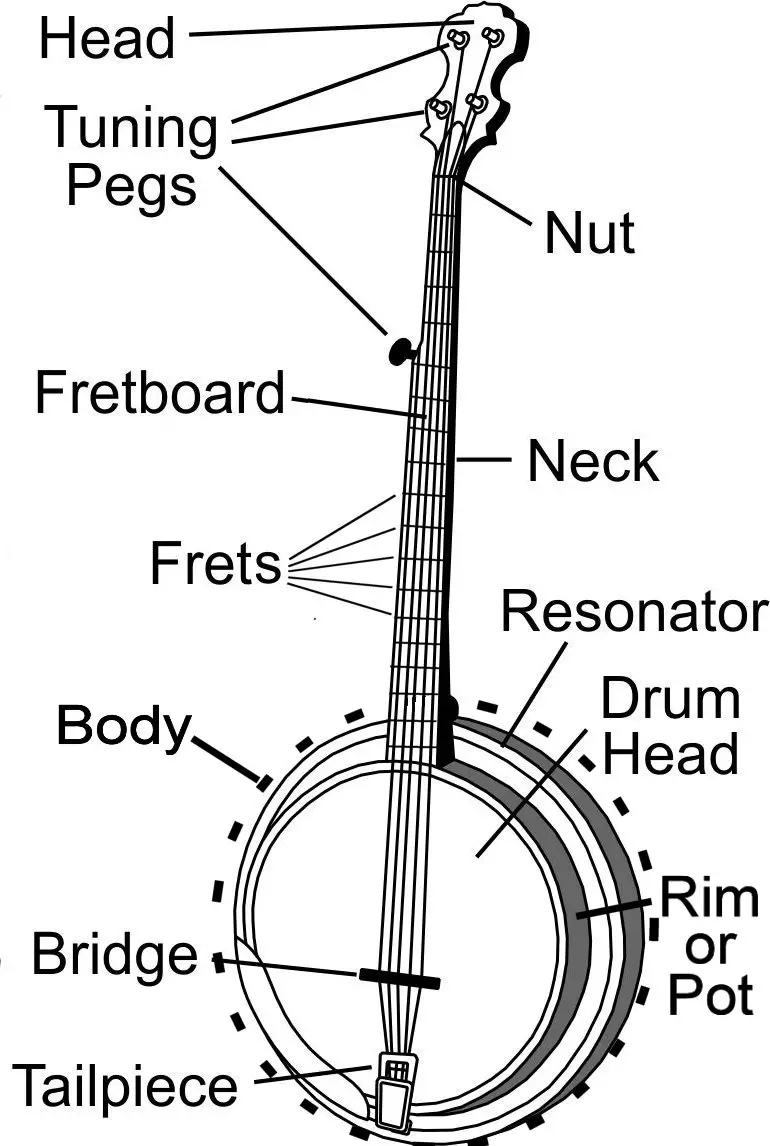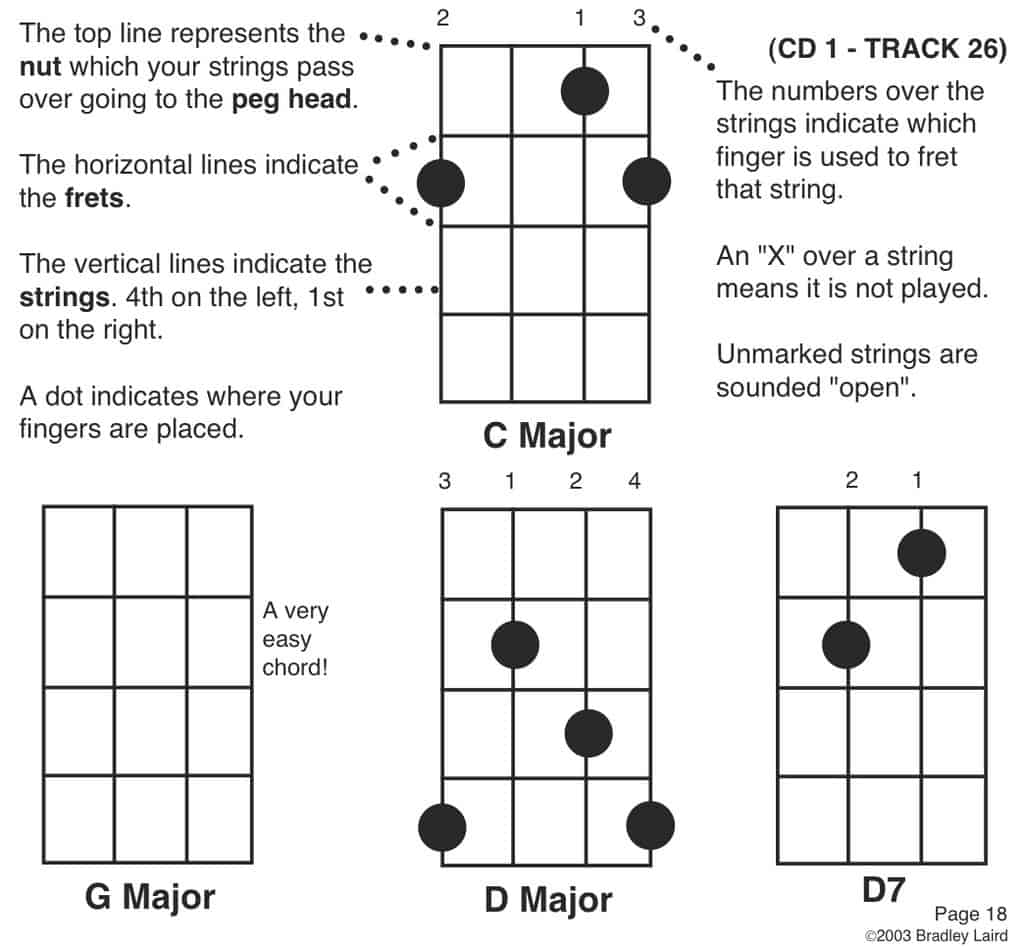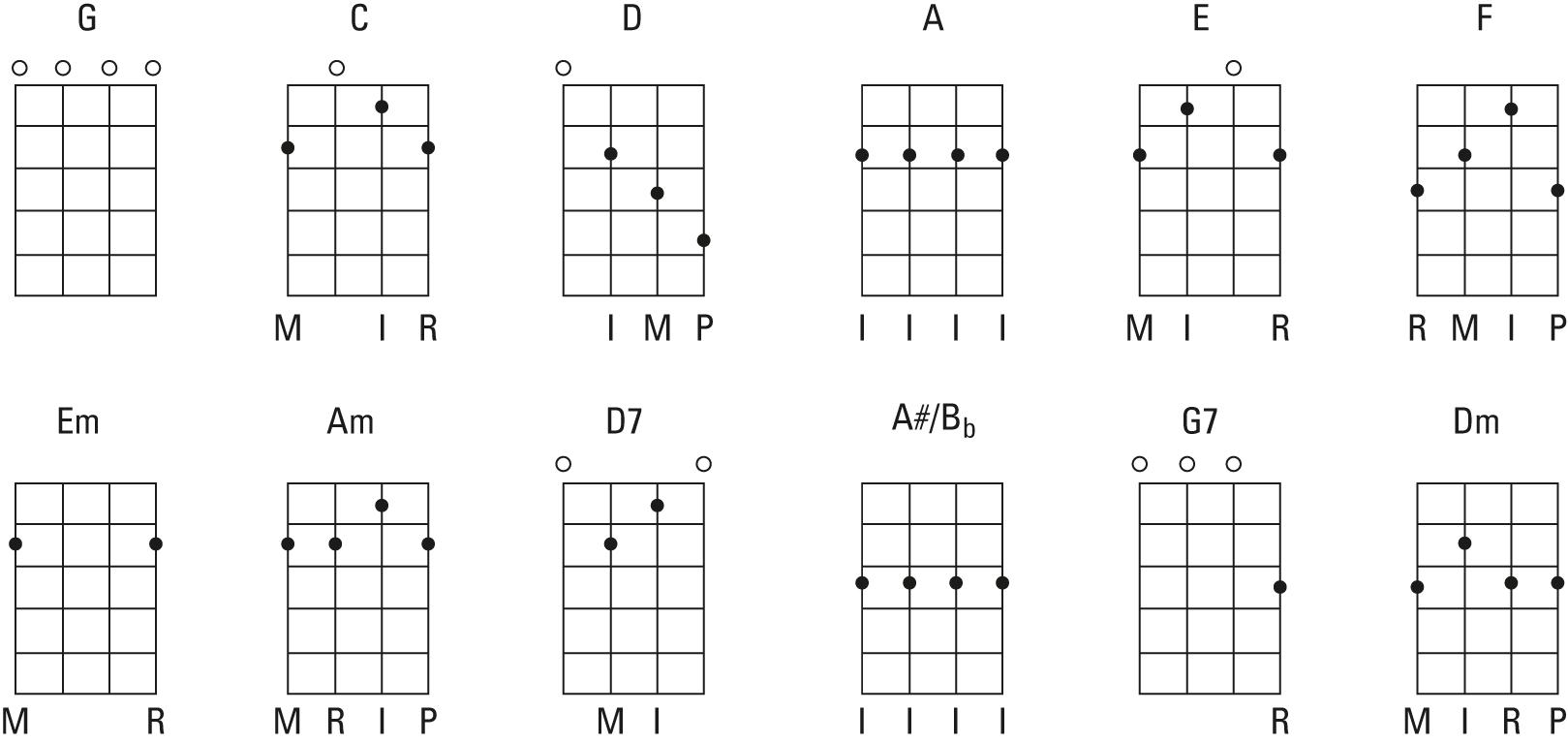The banjo is a unique and fascinating instrument, with a distinctive sound that has become synonymous with American folk music. If you’re new to the banjo, the idea of learning to play may seem daunting. However, with the right approach and some patience, it’s possible for anyone to learn how to play this versatile instrument. In this article, we’ll take a look at the basics of how to play the banjo for dummies.
What You’ll Need to Get Started
Before you can start learning how to play the banjo, you’ll need to have a banjo of your own. There are many different types of banjos available, from traditional bluegrass banjos to more modern designs. As a beginner, you’ll want to look for a banjo that is easy to play and suited to your style of music.
In addition to a banjo, you’ll also need some basic accessories, such as a tuner, picks, and a strap. A tuner will help you ensure that your banjo is in tune, while picks and a strap will make it easier to play and hold the instrument.
Understanding the Banjo
Before you start playing, it’s important to understand the basic anatomy of the banjo. The banjo consists of a round body, known as the pot, which is covered with a thin membrane, usually made of plastic or animal skin. The pot is attached to a neck, which has frets and strings.
The strings on a banjo are typically made of metal and are plucked with the fingers or a pick. The number of strings on a banjo can vary, but most banjos have five strings.
Tuning the Banjo
Tuning the banjo is an essential skill for any banjo player. The most common tuning for a banjo is open G tuning, which means that the strings are tuned to the notes G, D, G, B, and D from low to high.
To tune your banjo, you’ll need to use a tuner. There are many different types of tuners available, but most work by detecting the pitch of each string and displaying it on a screen. Simply turn the tuning pegs on the banjo until each string is in tune with the corresponding note on the tuner.
Basic Chords and Strums
Once you’ve tuned your banjo, it’s time to start learning some basic chords and strums. A chord is a group of notes played together, and a strum is a way of playing the strings with your pick or fingers.
There are many different chords that you can learn on the banjo, but as a beginner, you’ll want to start with some of the most common ones. These include the G, C, D, and Em chords.
To play a chord on the banjo, you’ll need to place your fingers on the strings in the correct position. This can be a bit tricky at first, but with practice, you’ll soon get the hang of it.
Once you’ve learned some basic chords, you can start practicing simple strums. A basic strum involves plucking all of the strings with your pick or fingers in a downward motion. As you become more comfortable with the banjo, you can start experimenting with different strumming patterns and techniques.
Reading Tabulature
Tabulature, or tab, is a way of writing music for the banjo that is easy to read and understand. Tabulature consists of a series of numbers and symbols that represent the strings and frets on the banjo.
To read tabulature, you’ll need to understand the basic layout of the banjo. The strings are represented by numbers, with the low string being represented by the number 1 and the high string being represented by the number 5. The frets are represented by lines, with each line representing a fret on the neck of the banjo.
To play a note in tabulature, you’ll simply need to place your finger on the correct string and fret and pluck the string with your pick or fingers.
Practicing Scales
Scales are an essential part of any musical instrument, and the banjo is no exception. A scale is a series of notes that ascend or descend in pitch. Practicing scales will help you develop your finger dexterity and improve your overall playing ability.
There are many different scales that you can practice on the banjo, but as a beginner, you’ll want to start with some of the most basic ones. These include the major and minor scales.
To practice a scale on the banjo, you’ll need to play each note in the scale in order, moving up or down the neck of the instrument. Be sure to practice slowly and deliberately, focusing on playing each note cleanly and accurately.
Learning Songs
Once you’ve mastered some basic chords, strums, and scales, it’s time to start learning some actual songs. There are many different songs that you can learn on the banjo, ranging from traditional folk tunes to modern pop songs.
To learn a song on the banjo, you’ll need to find a tablature or sheet music for the song. There are many resources available online, including websites and forums dedicated to banjo music.
Once you’ve found a tablature or sheet music for a song, you can start practicing the song slowly, focusing on playing each note and chord correctly. As you become more comfortable with the song, you can start increasing the tempo and adding your own personal touch.
Looking to expand your musical skills beyond just the banjo? Check out our articles on Scruggs style banjo playing, banjo rolls techniques, banjo uke playing, mandolin playing for beginners, and harmonica playing for beginners for more musical inspiration and guidance!
Conclusion
Learning how to play the banjo can be a challenging but rewarding experience. With patience, practice, and the right approach, anyone can learn how to play this unique and fascinating instrument.
In this article, we’ve covered the basics of how to play the banjo for dummies, including what you’ll need to get started, understanding the banjo, tuning the banjo, basic chords and strums, reading tabulature, practicing scales, and learning songs.
By following these steps and practicing regularly, you’ll be well on your way to becoming a proficient banjo player. So why wait? Pick up your banjo today and start your musical journey!

